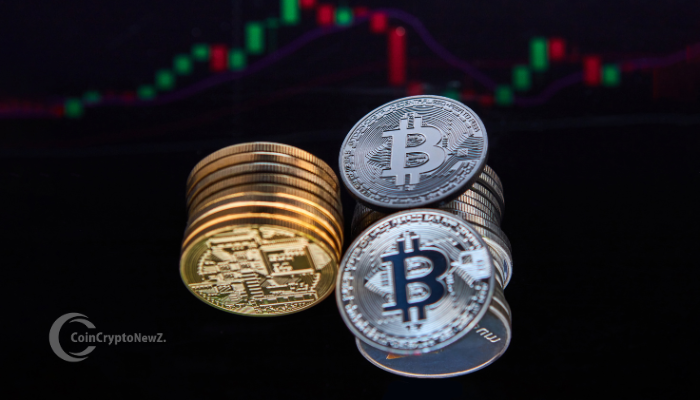One of the most common questions newcomers to crypto ask is, “What determines the price of Bitcoin or any cryptocurrency?” It’s a fair question—and one that sparks intense debate.
Some believe Bitcoin is digital gold—a revolutionary store of value for the internet age. Others argue that it’s purely speculative and destined to fail. But to cut through the noise, let’s explore the real factors that drive the price of cryptocurrencies in a clear, beginner-friendly way.
It All Comes Down to Supply and Demand
At its core, the price of any cryptocurrency is determined by the same economic principle that governs the price of everyday goods and services: supply and demand.
When demand increases—say, more people want to buy Bitcoin—and the supply remains limited, the price goes up. Conversely, if demand drops or more people want to sell than buy, prices fall.
This is no different from other markets. Imagine a new smartphone launch that everyone wants—prices may surge. Or if a local café sees fewer customers, they might lower prices to attract business. Crypto follows the same logic, albeit in a more volatile and globally accessible market.
What Drives Crypto Demand?
Several factors influence how much demand there is for a particular cryptocurrency:
- Investor Sentiment: News headlines, social media trends, and influential voices (like Elon Musk) can quickly affect how people feel about a coin—sending prices up or down in hours.
- Utility and Adoption: The more useful a crypto project is, the more likely it is to attract users. Ethereum, for example, powers smart contracts and decentralized applications (dApps), which creates real-world demand.
- Speculation and Hype: Many buyers enter the crypto market hoping to profit from price swings. While speculation can fuel rapid growth, it can also lead to bubbles that eventually burst.
- Institutional Interest: When companies or large investors adopt or invest in a cryptocurrency, it often boosts market confidence and demand.
Supply Matters, Too
On the other side of the equation is supply. Most cryptocurrencies have a fixed or predictable supply. For example:
- Bitcoin has a capped supply of 21 million coins, and new coins are released at a decreasing rate (halvings), making it inherently deflationary.
- Some tokens use burning mechanisms to reduce supply over time, increasing scarcity and potentially supporting prices.
When a cryptocurrency has limited supply and growing demand, basic economics tells us the price should rise.
Other Key Price Influencers
While supply and demand are the core drivers, a few other elements can also impact crypto prices:
- Regulation: Government policies or bans can influence market sentiment dramatically.
- Technological Upgrades or Setbacks: A network upgrade (like Ethereum’s shift to proof-of-stake) can attract more users or investors.
- Market Liquidity: How easily a crypto asset can be bought or sold affects price stability. Illiquid markets are more prone to large price swings.
Final Thoughts
Cryptocurrency prices aren’t random—they reflect the balance of supply, demand, utility, sentiment, and external factors like regulation. Understanding these basics can help anyone—from curious newcomers to serious investors—navigate the fast-moving world of crypto with more confidence.
As the market matures and adoption grows, these price dynamics will continue to evolve. But one thing remains clear: in crypto, like in all markets, price always follows value—and value is determined by the people who use it.
Disclaimer: This article is for informational purposes only and does not constitute financial advice. CoinCryptoNewz is not responsible for any losses incurred. Readers should do their own research before making financial decisions.







